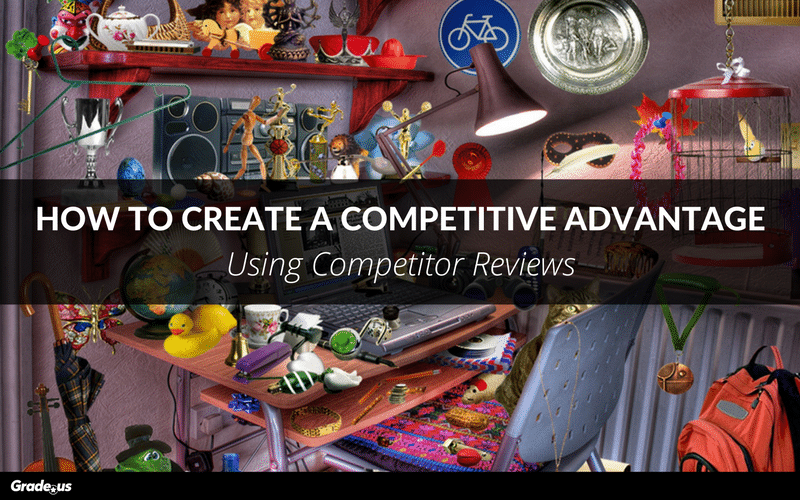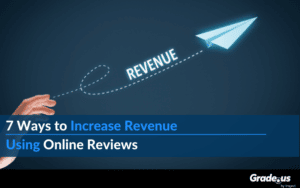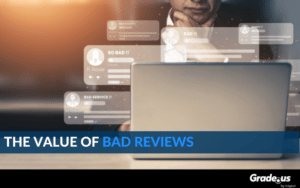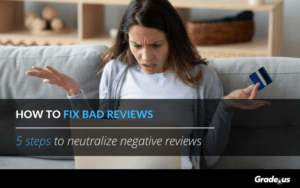Steven Davis was on his way to prison.
His story is an example of competitive research gone wrong. He was an engineer for Wright Industries, a manufacturing firm hired by Gillette to help develop a new (and very secretive) razor. Davis, angry with his supervisor and worried about job security, decided to share trade secrets.
With Bic.
Gillette’s biggest competitor.
He was caught – fined 1.5 million dollars and sentenced to 27 months in prison.
Every company needs competitive research
It’s a necessary part of creating uniqueness and a strong value proposition. It’s also important because it shows us where we stand in the marketplace. Competitive research enables us to gauge perceived value – from the customer’s point of view.
The usual sources – interviews, surveys, questionnaires, focus groups – are helpful. But they come with an easy-to-ignore problem.
Our conventional sources are reactive.
Most of the time customers are asked to react to our questions. “What do you think about this? Would you buy that?” The answers to these questions are helpful, but they’re only half the story.
Relying on these questions gives us a slanted view of customer perceptions.
What’s worse, approaching customers using these conventional methods creates politeness and dishonesty. There’s a difference between solicited feedback and unsolicited online reviews. Customers often feel an unspoken pressure to be nice, to tell you what you want to hear. The last thing many of them want is to be perceived as rude or impolite.
Most people are socially conditioned to “be nice.”
Your competitive advantage depends on the truth
Or more importantly, your ability to uncover the truth. “The truth about what,” you ask? What customers think, feel and believe about…
- Your competitors
- Your business
- Your industry
- Your products
This sounds like an uphill battle, doesn’t it? How on earth are you supposed to get customers to willingly, proactively share all of that? Here’s the more difficult question.
Why would they share that information with you?
Getting this information is easy, if you have the right source. In fact, there’s a proactive source that gives you the gritty details most customers do their very best to avoid sharing.
And the best part? This source removes you from the equation, almost entirely.
You’re looking for brutal, almost painful honesty
And when are people most honest?
When they’re angry or frustrated. A research study by Jeffrey Huntsinger at the University of Loyola found that anger makes us more honest with our feelings.
Does this mean people aren’t honest unless they’re angry?
Of course not.
But reactionary approaches like interviews, surveys and focus groups don’t negate the social pressure people feel to be polite (dishonest). So, they value politeness and conformity over raw honesty.
Reviews give you the honesty you need
The issues they reveal give you a clearer picture of your customer’s perspective. These are the details you can use to attract more of the right attention from customers.
Here’s the problem.
We don’t know what we’re looking for. Generic instructions like “identify strengths and weaknesses” can help – if you have an idea of where to direct your attention. But most people don’t. So where do you look?
- Fears. What are customers afraid of in relation to the product? Did their worst fears come true or were they able to avoid them? How?
- Objections. What are their frustration or sticking points? What kind problems did their products cause? Which issues grind their gears?
- Risk. What problems are customers trying to avoid? What sort of things make them anxious? Were these risks reversed for your competitor’s customers?
- Expectations. What did customers expect before they purchased your competitor’s product or service?
- Desires. What’s the deeper desire customers are looking to fulfill with your competitor’s product? Does your competitor satisfy that need completely?
- Goals. What are customers looking to achieve with your competitor’s product? Did they achieve that goal?
So now we know what we’re looking for. There’s another problem.
How do we interpret what we see?
How much intel is enough?
Let’s look at a real competitor
Let’s also pretend we have a fictitious startup. We sell a lost and found product customers can use to find easy-to-lose items like keys, wallets and phones. Just stick (or clip) our product to the item you want to track, install the app and you’re set.
Who are the biggest competitors for our example?
Tile
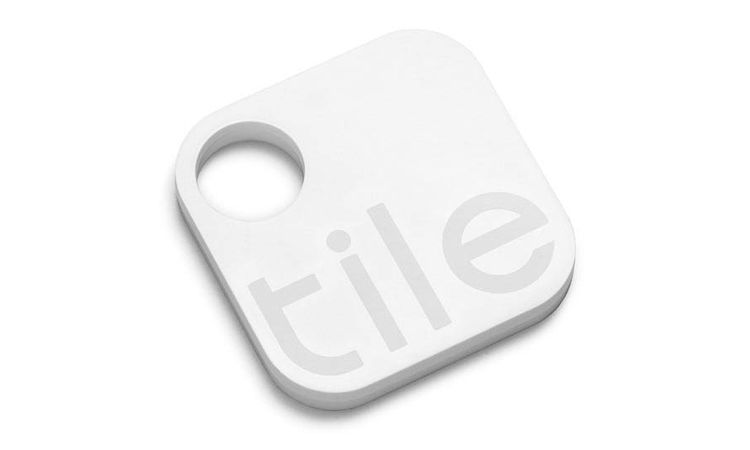
Trackr
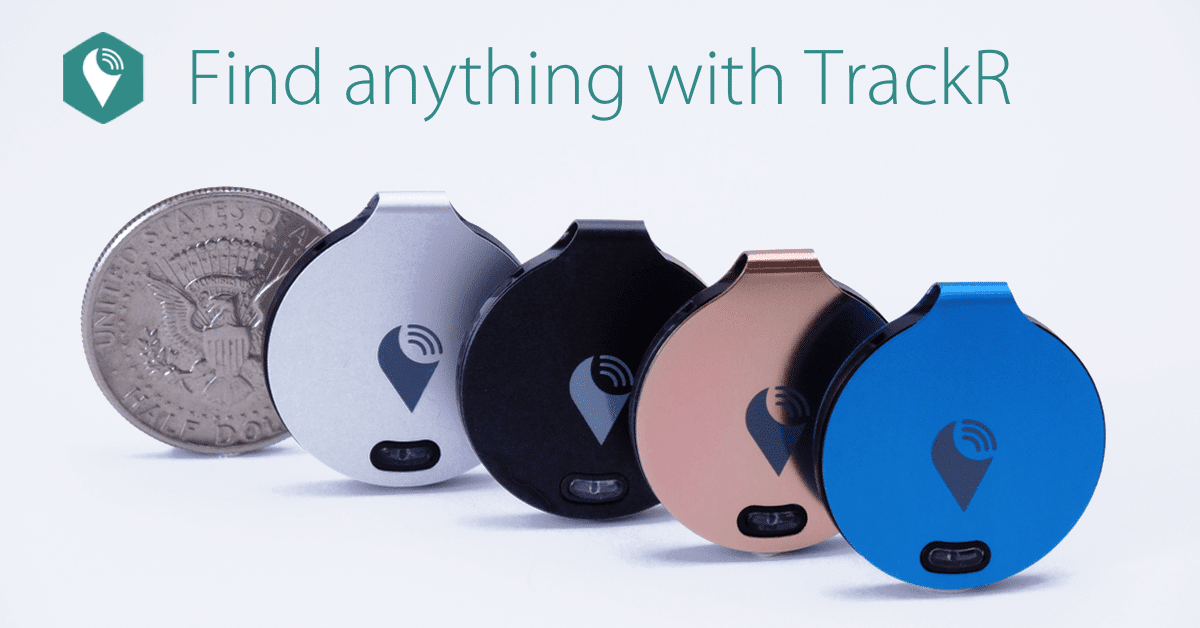
Tile’s product is the most well known, it received rave reviews after their successful Kickstarter campaign. But it’s not without problems. TrackR also started off strong, but eventually lost their footing when they were buried with hundreds of negative reviews.
These competitor problems could give our imaginary startup the competitive advantage we need.
So, what do we look for first?
Fears

Customers are afraid they’ll…
- Lose their keys, wallet or kid and the tracker won’t work
- The product won’t work at all.
- Can’t or won’t get support
What about…
Objections and Frustrations

Customers are frustrated that…
- Their tracker doesn’t have GPS
- It doesn’t work as expected
- The battery life is pretty limited.
Which makes purchasing their product…
Risky

Some risks aren’t so obvious.
- Trackers won’t work when they’re out of range or at all
- Tracking data is consistently wrong
- Never receive missing item alerts
Then there’s…
Desires and Expectations

Customers expect their tracking device to…
- Track lost people, items anywhere in the world
- Work as expected
- Send alerts anytime a lost item is out of range
Followed lastly by their…
Goals

Customers want to…
- Track low risk items (e.g. keys, wallets, remotes)
- Track high risk items (e.g. people, pets, jewelry)
- Receive alerts when something goes missing
Can you see what’s happening here? Our competitors are struggling with very specific problems. They aren’t happy about these problems but we should be.
Why?
These problems give us a huge opening we can use to create a competitive advantage.
But how?
With uniqueness.
Find the biggest problem, then, solve it in a unique way. Create something that’s truly unique and you can protect it as a copyright, trademark, patent or trade secret. Do it well and you’ve created a permanent chink in your competitor’s armor. That’s impossible though, isn’t it?
Unless others have done the impossible
Businesses in a wide variety of industries have created uniqueness by finding and solving problems created by their competitors. These companies would become known for these competitive advantages.
FedEx – created overnight delivery at a time when overnight delivery was non-existent. They would later become known for their slogan, “FedEx, when it absolutely, positively has to be there overnight.”
M&Ms – Hold a Hershey’s kiss in your hand and it melts. M&Ms were unique. At the time they were the only milk chocolate candy that melted in your mouth and not in your hand.
Dominos Pizza noticed something about their competitors. They were slow. They pounced on that problem, creating their “30 minutes or it’s free” guarantee.
See what I mean?
Your competitor’s reviews, if handled well, can give you the leverage and competitive advantage you need. Their customers share their thoughts and feelings proactively.
And you reap the benefits.
Unless your competitors don’t have reviews
What happens if your competitors don’t have reviews? Maybe the competitors in your local market or your industry aren’t really big on reviews. How should you handle things then?
It’s simple.
You focus your time and attention on competitors outside of your local area. Most industries don’t have a shortage of reviews. What if your industry does have a shortage of reviews? That’s a competitive advantage in itself. Fill the gap with reviews about your product or service. Find competitors in the same industry, but a different market to review. Then use those reviews to find new problems you can solve.
Competitor reviews show you which problems to solve
It shows you where you stand in the marketplace. Competitive research enables us to gauge perceived value. But more importantly, it’s a blueprint you can use to create uniqueness and a powerful value proposition.
It’s a no-hassle way to get the intel you need to build your business. And the best part?
It’s free.
Every company needs competitive research. Focus on trends to get the intel you need, creating long lasting uniqueness – without the prison time.
About the Author
Andrew McDermott
Andrew McDermott is the co-founder of HooktoWin. He shows entrepreneurs how to attract and win new customers.

